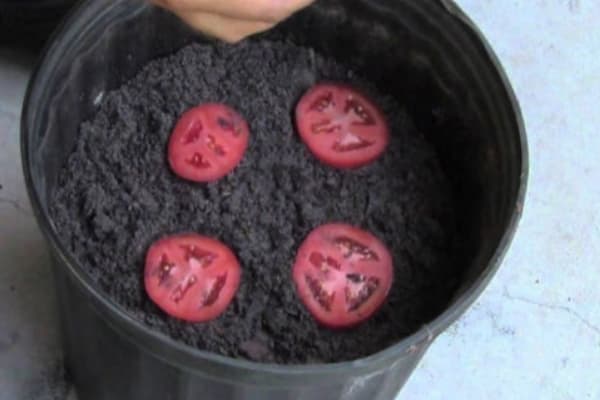GURUGRAM: The Haryana department of archaeology on Thursday swung into action to unearth an ancient three-story
baoli (stepwell) in
Gumashpur village near Bhondsi in Gurugram.
The 1,220 square yard rectangular baoli, with a 22ft-wide road around its edge and considered to be around 700 years old, is located within the premises of a church. Allegedly, around two years ago, it was filled with soil by the church administration to build a garden over it.
Digging for the baoli started on Thursday afternoon under the guidance of the director general of the archaeology department of Haryana, Praveen Kumar. It's expected to take several weeks to complete.
"We're going to take help from Archaeological Survey of India (ASI) and experts to ascertain the depth and age of the baoli," said Kumar, adding the unearthed baoli, considered to be one of the oldest in the region, will be restored to its original shape using techniques and materials originally used to build it.
He said the land comes under jurisdiction of the zila parishad, which had leased it to the church in March 2016, but without permission to destroy the stepwell. But it was allegedly filled.
"The action was challenged in Punjab and Haryana high court, which, in December 2017, directed that the lease be revoked," said Kumar, adding the extent of damage and an estimate of its reconstruction cost can be fixed only after the baoli is unearthed.
Kumar said the matter came to his notice recently, while he was visiting Badshapur to inspect another baoli that was coming in the alignment of a road. "That's when I heard of two more baolis — another one in Badshapur and this one in Gumashpur," said Kumar. He said he rushed to the venue with other department officials and police, and started digging. "With bricks starting to come out at places, it will take some time to unearth the structure," he said, adding the drive had gone on peacefully.
The matter appears to have come to light after villagers, led by Balraj Bhadana, had recently met the zila parishad CEO.
"We've been requesting government agencies to take back the land and revive the historical structure," said Bhadana, adding the church had first blocked a path that connected the baoli with Gumashpur-Bhondsi road by installing an iron gate, and then proceeded to fill the baoli. During the drive, this gate was opened to restore connectivity.
Bishop Simon John of the Believers Church of India, which also runs a school on the premises, said around a decade ago, they had bought around 29 acres surrounding the baoli to set up a school and run a social programme.
"When we started the school in 2016, we realised children were regularly getting hurt by falling into the decrepit baoli, which is in the middle of the campus. So we applied to the government to have the land exchanged," said the bishop, adding that following their application, the baoli's land was registered in their name in exchange of a land of similar size.
"We covered the baoli and built a garden on it only after getting necessary permissions," he said, adding that Thursday's events were unfortunate.
 Praveen Kumar supervises digging for the baoli at Gumashpur on Thursday
Praveen Kumar supervises digging for the baoli at Gumashpur on Thursday Praveen Kumar supervises digging for the baoli at Gumashpur on Thursday
Praveen Kumar supervises digging for the baoli at Gumashpur on Thursday



